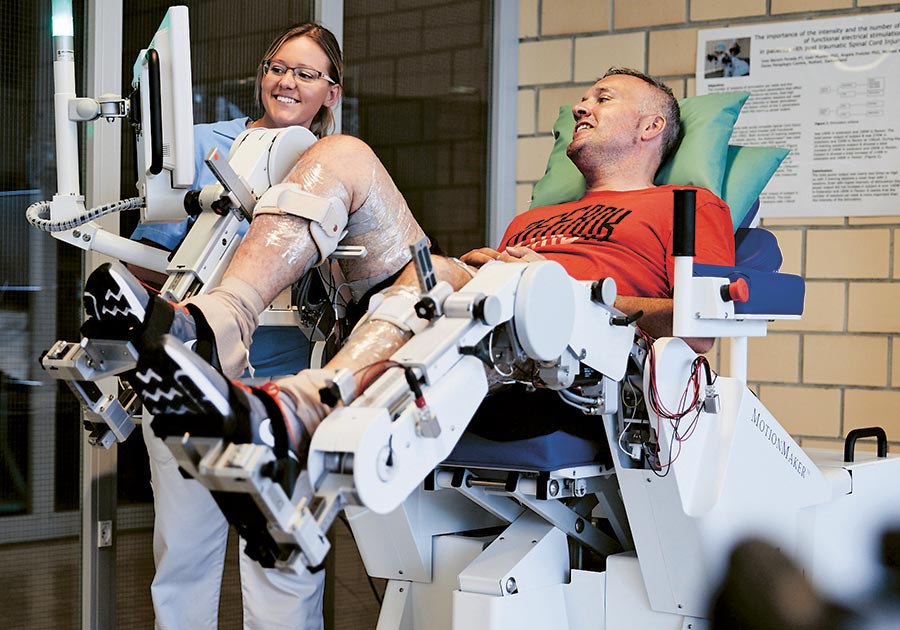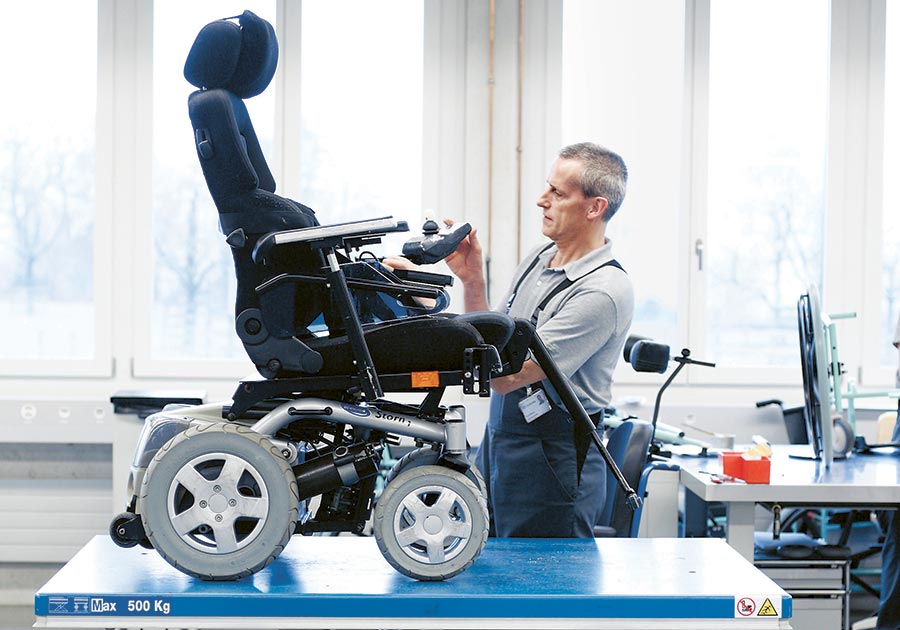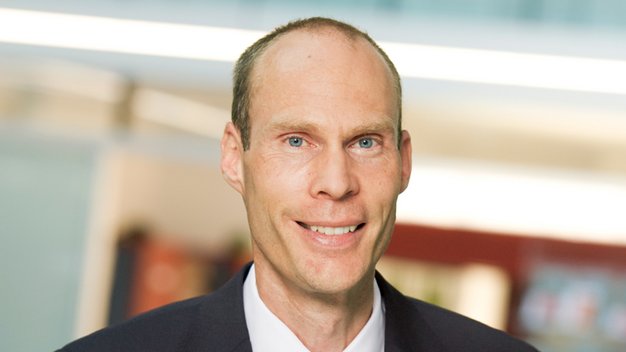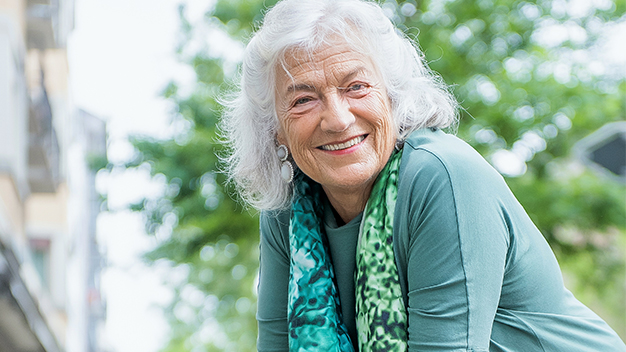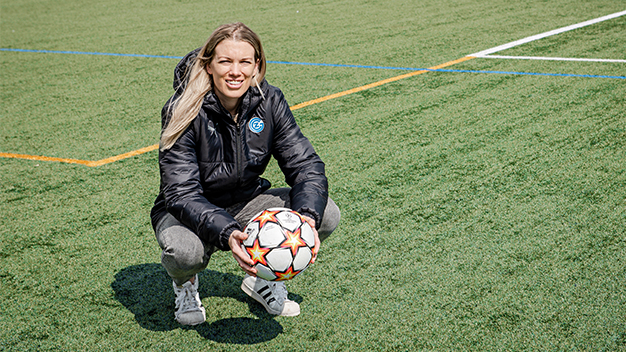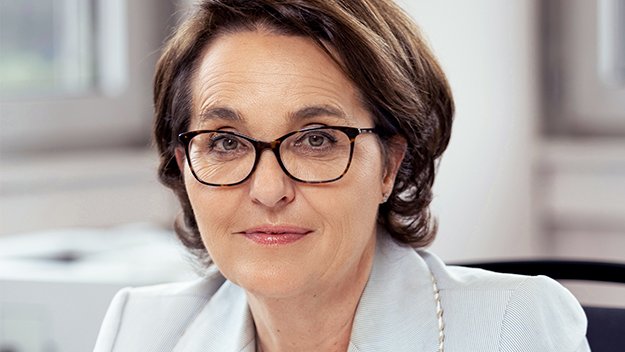Time proverbially heals all wounds. When patients at the Swiss Paraplegic Centre (SPC) in Nottwil become restless or give way to despair as a result of their paralysis and immobility, it takes the kind of empathy and encouragement that instils in them hope and a can-do attitude. “Give us time,” Hans Peter Gmünder says at that point. As director of this renowned institution situated on the shores of Lake Sempach, where 1,100 clinicians care for people with vertebral and spinal cord injuries, he knows how precious life is and the tremendous value that is placed on the ability to function efficiently within one’s environment.
And indeed, it takes time to get SPC patients back to their daily routine and environs after an accident or severe disease. For Gmünder, the key objective of rehabilitation is not just to restore the physical and psychological viability of the patient, but also to reintegrate that person into social and business life to the greatest extent possible.
“With each other and for each other, not at the expense of others.”
Keeping an eye on the priorities
When asked what he associates with the notion of “life”, the 58-year-old physician’s response is quick: “Gratefulness and fascination; respect and responsibility.” It was more than 25 years ago when the founder of the Swiss Paraplegic Foundation (SPF), Dr. Guido A. Zäch, convinced Gmünder to come to Nottwil. And even though he can’t personally attend to each and every patient, he makes sure “that we as a team never lose sight of the overarching goals of our quest.” Patients’ functional capacity as human beings and hence their ability to participate in family, professional and social life are factors that are very close to his heart.

